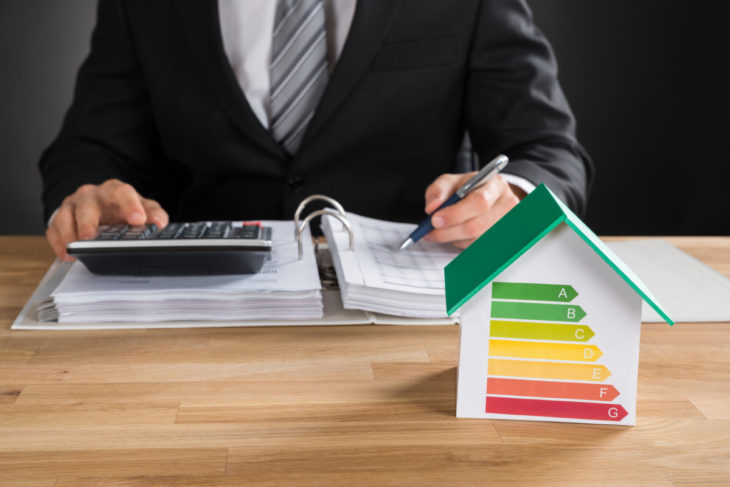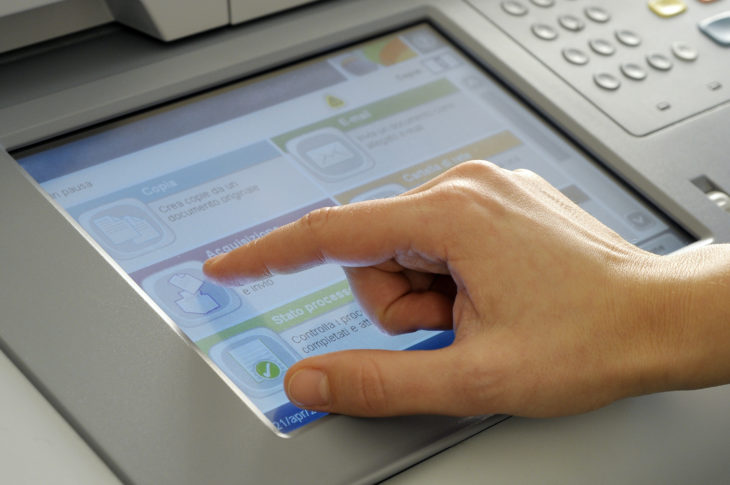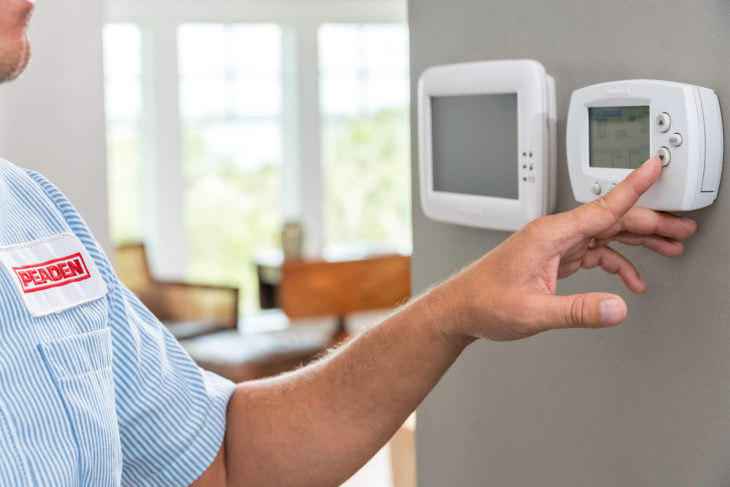There are several ongoing costs associated with running a small business, including marketing, inventory, payroll, taxes, bills and so on. But with finances being one of the key constraints on business growth, a smart business owner will look for effective ways to reduce spending. What better place to begin than with the ever-increasing bills? Regardless of the type and size of your business, this is one area with the most potential for cutting costs. Here are a few simple tips from businessenergyuk.com to get you started:

Source: Walker Reid Strategies
Contents
Get an Energy Audit
Before you start figuring out how to lower bills, you first need to do an audit to determine your current usage and where your business is losing or wasting energy. This gives you an idea of where you stand, in terms of efficiency, which in turn allows you to know where to begin making adjustments and save more. Many utility companies offer free audits, so contact your local utility company to see if they can help you identify areas and ways to cut your bills.
Purchase Energy-efficient Office Equipment
Consider buying or leasing ENERGY STAR-rated office equipment. These items have been evaluated and proven for their efficiency. Efficient equipment may cost a little more upfront, but they will save you money in the long run. Those with old appliances should also consider replacing them with new, more efficient models. This goes for virtually any piece of office equipment, including HVAC systems, printers, lighting fixtures, fans, refrigerators, microwave, computers, etc. Remember to unplug any appliances that aren’t in use.

Source: Energy Star
Reduce Peak Demand
Peak demand refers to the time when consumers’ demand for electricity and gas use is at its highest. Peak demand charges are quite high and account for 30-70% of the total electricity charges. To reduce peak demand, start by shifting the use of large power appliances like the AC from on-peak to off-peak hours. Or, you can spread out their use across separate 30-minute periods during this time and manage their operational settings. Since peak demand is mostly during the typical working hours, take advantage of natural light instead of using powered lighting. These times can also be determined by season, year, region, tariffs, and energy providers. Ensure you are getting the best deals by comparing utility providers side by side on usave.co.uk comparison.
Get Employees On Board
Reducing small business costs requires a collective effort. Getting everyone involved in energy-efficient practices will help reduce costs in these areas more, not to mention it’s a great way to preserve our environment together. Employees can generate ideas for saving electricity that you hadn’t thought of. Consider rewarding employees who are cutting electricity usage the most, to raise their morale.

Source: Peaden
Invest In a Programmable Thermostat
A thermostat is an essential appliance in any office, which regulates temperature to ensure a comfortable working environment. Using a programmable thermostat allows you to automatically adjust your workplace temperatures. For instance, you can set it to turn off 30-60 minutes before people leave and on 30 minutes before they arrive. Not using the AC or even setting it a few degrees lower when no one is working can reduce energy use by a significant amount. If your business has multiple heat zones, a programmable thermostat can program temperatures accordingly and minimize wastage.
